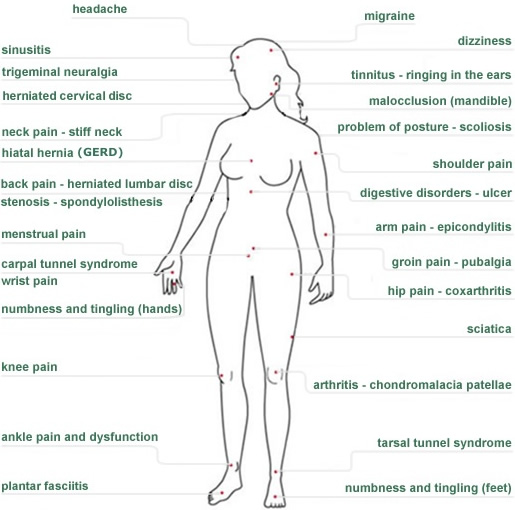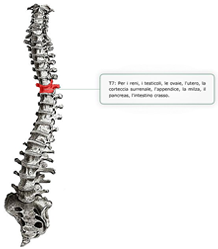Vitamin A
This first newsletter on Vitamin A begins a series of newsletters based on vitamins. I hope you find it enlightening and informative.
Vitamin A
Vitamin A plays an important role in a variety of functions throughout the body including:
- Vision
- Gene transcription
- Immune function
- Embryonic development and reproduction
- Bone metabolism
- Hematopoiesis (blood cell formation)
- Skin and cellular health
- Antioxidant activity
A deficiency in Vitamin A can result in a host of signs and symptoms. Among the most common include:
- Accelerated aging
- Dry eyes
- Dry skin / hair / mucous membranes
- Recurrent infections
- Poor night vision
- Chronic intestinal problems
- Liver dysfunction
- Weak or ridged nails
- Difficulty maintaining vitamin D levels
- Decreased immunity
History of Vitamin A
There is no single event that can be called the 'discovery' of vitamin A. In 1816, the physiologist François Magendie observed that dogs deprived of nutrition developed corneal ulcers and had a high mortality rate. In 1906, Frederick Gowland Hopkins proposed that 'unsuspected dietetic factors' were present in milk in 'astonishingly small amounts' and have been found to support life in rats.
In 1911, Wilhelm Stepp demonstrated that this essential substance in milk was fat soluble. By 1913, one of these substances was discovered by Elmer McCollum and Marguerite Davis studied the role of fats in the diet, and showed that butter and egg yolk were not equivalent to lard and olive oil in supporting the growth and survival of rats. The growth-supporting 'accessory factor' became known 'vitamin A' in 1920.
Swiss chemist Paul Karrer described the chemical structure of vitamin A in 1932, and in 1937, Harry Holmes and Ruth Corbet isolated and crystallized vitamin A. Further work on the role of vitamin A in immunity and child survival continued until through the 1990s.
Causes of vitamin A deficiency:
Vitamin A is only found in animal foods. Fruits and vegetables contain phytonutrients, called carotenoids, which need to be converted into vitamin A. In humans, the conversion of carotenoids to vitamin A is an inefficient process because 10-20 molecules of carotenoids are needed to make just one molecule of vitamin A. In addition, 80% of vitamin A from animal sources are absorbed, while only 3% of carotenoids from plant food are absorbed.
Apart from dietary insufficiencies, toxic liver can also create Vitamin A deficiency. Vitamin A is stored in the liver and approximately 5% of vitamin A stores get used up each day. Just as vitamin A deficiency may cause liver problems, a liver that is overburdened with detoxification is unable to maintain adequate vitamin A stores.
Toxicity
Vitamins are classified as either fat soluble (vitamins A, D, E and K), or water soluble (vitamins B and C). Fat soluble vitamins, once stored in tissues in the body, tend to remain there. This means that if a person takes in too much of a fat soluble vitamin, over time they can have too much of that vitamin present in their body, a potentially dangerous condition called hypervitaminosis. It is therefore important to monitor your vitamin A supplementation with a trained physician.
Recommended Daily Allowance
The recommended daily allowance (RDA) of vitamin A is between 2,310 IU (0.7 milligrams) per day for adult women (more for women who are pregnant or breastfeeding), and 3,000 IU (0.9 milligrams) per day for men, with children needing less. As with all vitamins and minerals, in order to have a clinical impact, doses above the RDA is often indicated.
Best Sources of Vitamin A
The best source of vitamin A is cod liver oil. The best food sources are meats, including liver, beef, chicken and turkey, butter, and egg yolks. It is important to eat plenty of fresh fruits and vegetables as well because low intakes of carotenoids (plant based foods) are associated with poor health, in particular, chronic disease and disability. Some of the best sources of carotenoids include sweet potatoes, carrots, tomatoes, and dark leafy greens.

 SCHEDULE AN APPOINTMENT
SCHEDULE AN APPOINTMENT









